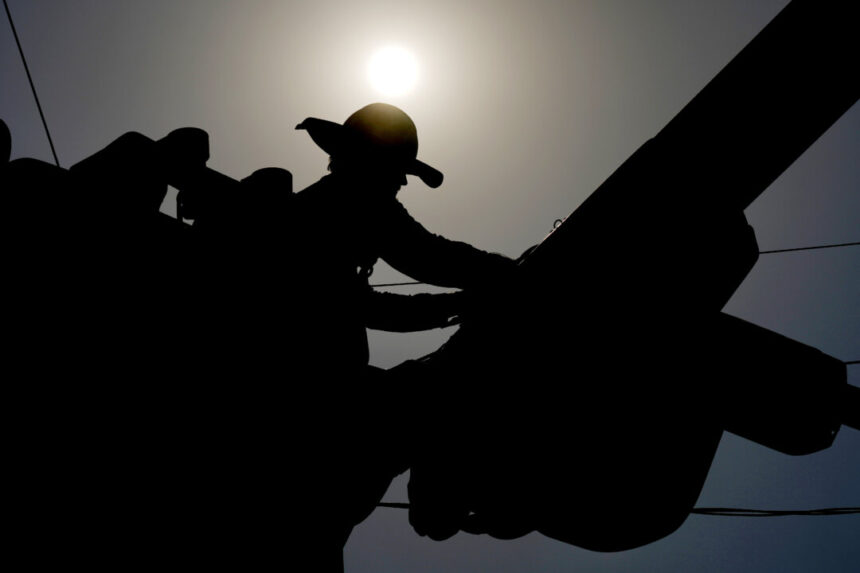Cam Ferguson arrives at his usual spot near Chase Field in Phoenix, home of the Arizona Diamondbacks, four hours before the game to set up his assortment of cold beverages and snacks. The scorching heat of 103 degrees Fahrenheit (39.4 degrees Celsius) on this Labor Day afternoon doesn’t deter customers.
Meanwhile, the city of Phoenix is experiencing an unprecedented heatwave in 2024, with the temperature hitting at least 100 degrees for 100 consecutive days, breaking previous records. Meteorologist Sean Benedict from the National Weather Service describes this as an eye-catching number.
The relentless heat is expected to continue across the western U.S., with excessive heat warnings in place for cities like Phoenix, Las Vegas, and parts of Nevada and California. Public health officials in Maricopa County report a high number of heat-related deaths, emphasizing the dangers of the extreme temperatures.
2024 is shaping up to be a record-breaking summer in terms of heat, not just in Phoenix but also in other parts of the western U.S. Nevada’s Clark County and California are also grappling with high temperatures and increased wildfire risks.
Outdoor vendors like Ferguson are feeling the heat, along with construction workers and landscapers in the area. Despite the challenges, measures like staying hydrated and seeking shade are helping them cope with the extreme conditions.
While venues like Chase Field offer relief with air conditioning, the struggle to keep large stadiums cool in the summer is evident. Players and fans alike appreciate the respite from the heat, especially during intense games.
As the heatwave continues, individuals like Ramiro Lopez, a landscaper, adapt by taking breaks in air-conditioned spaces and staying hydrated. The impact of the heat is felt more acutely in low-income areas, highlighting the need for support and resources during extreme weather events.
Can you rewrite this sentence?
Source link






